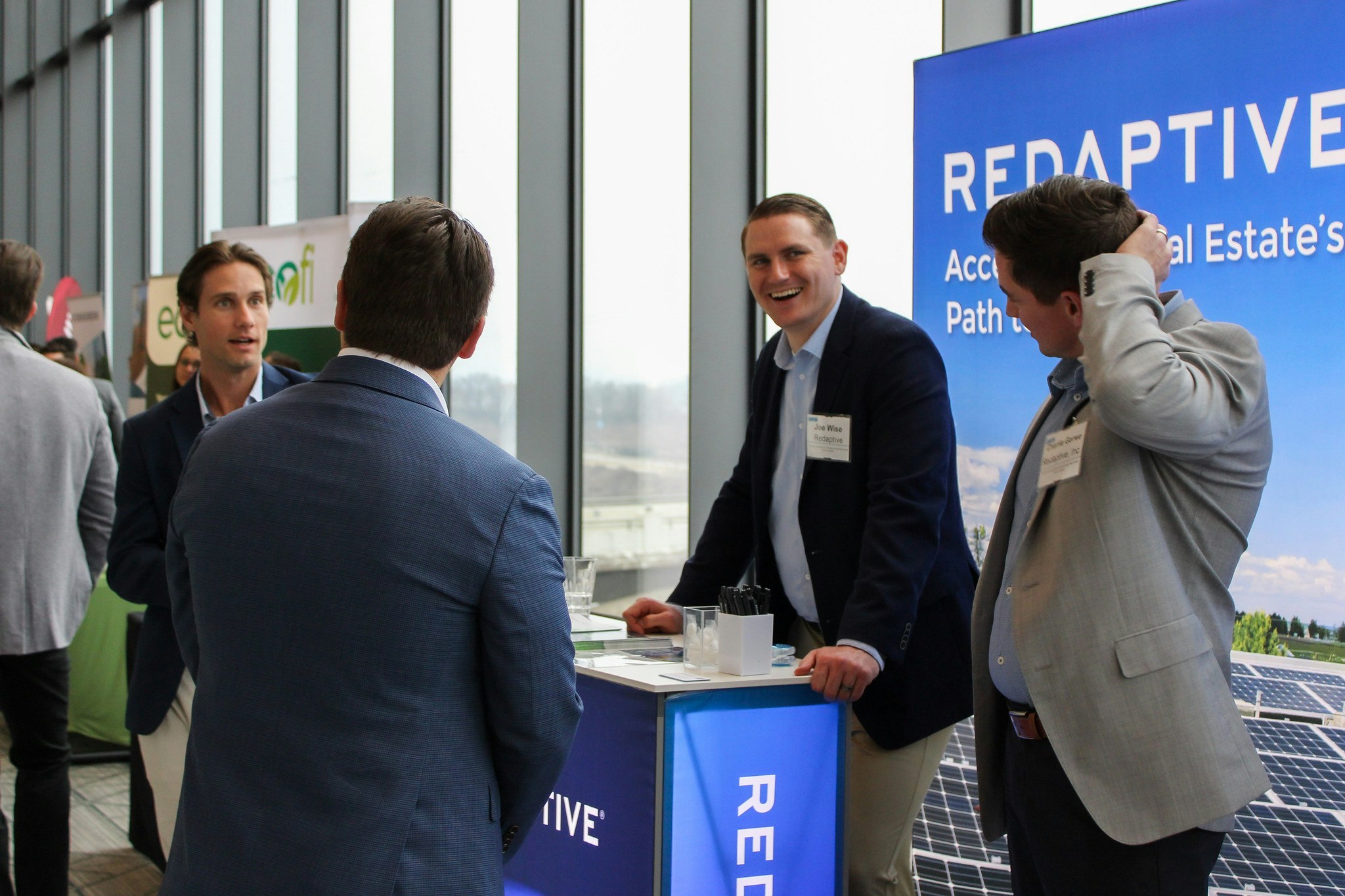Smarter strategies. Stronger returns. Sustainable futures.
Join real estate leaders who are making sustainability practical, profitable, and proven—with concrete data, tools and case studies.
Future-proof your assets. Learn what works. Lead what’s next.
+
leading industry executives
%
investors, developers, owner/operators
%
c-suite and SVP-level executives
+
expert speakers
Sustainable real estate. Superior returns. Future-proof investements
Make a difference with leaders in real estate investment, ownership, and operations.
The profitability of sustainability.
Build a Sustainable Future
Join us in Nashville to explore real-world solutions to today’s sustainability challenges.
Explore cutting-edge topics like:
- AI and Climate Risk Tech
- Multifamily Tenant Behavior
- Renewable Energy
- Career Paths in ESG
- Future of RE Sustainability
From proven building strategies to innovative ESG budgeting tools, every session is grounded in market research and designed to deliver actionable insights.
Grow Your Network
Forge new partnerships, share challenges, and collaborate with peers who share your sustainability goals. Whether you're a seasoned ESG leader or just starting your journey, this is the room where relationships—and ideas—take root.
Enjoy curated opportunities to connect:
- Interactive roundtables and breakout sessions
- Dedicated networking reception
- Onsite and online engagement via our event app
Meet the Right People for Your Goals
Connect with 400+ key players in ESG including:
- Institutional Investors
- Developers
- REITs
- Owner/Operators
- Advisory Firms
- Property Managers
- Tech Companies
- Service Providers
We make business easy for you.
Learn from Industry Leaders
This year’s agenda features expert speakers like:
- Jill Brosig – Chief Impact Officer — Harrison Street
- Adam Slakman – Managing Director, Head of Sustainability – JP Morgan Chase
- Daren Moss – Managing Director, ESG – Ares Management
- Brad A. Molotsky – Partner – Duane Morris
- Tori Shepherd – Director of ESG Reporting and Disclosure, Americas – Prologis
- Madeline Robertson – Director of Sustainability – Greystar
- Katie Coppola — ESG Investment Professional — Madison International Realty
- Allison Kirby – Director of ESG Reporting and Disclosure, Americas – Nuveen
Early speaker lineup includes...
Maximize exposure. Drive results.
Boost your brand’s visibility and connect with key decision-makers in front of a game-changing audience.
We tailor packages to meet your business goals. We make them unique for you so that your company is at the front of your buyers' minds.
Reach out to Todd Rosenberg at sponsorIMN@informa.com.





